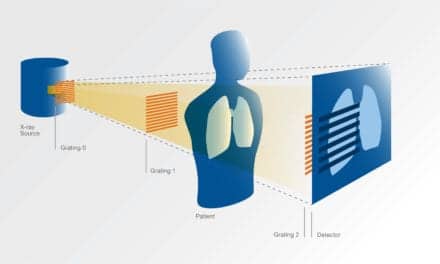Researchers from University of North Carolina’s (UNC’s) School of Medicine’s Departments of Radiology, Neurology, and Psychology and Neuroscience have shown the harmful effects of chronic cocaine use on brain functional networks. Specifically, their findings reveal disruptions in communication among crucial neural networks, including the default mode network (DMN), the salience network (SN), and the lateral cortical network (LCN).
“The disrupted communication between the DMN and SN can make it harder to focus, control impulses, or feel motivated without the drug,” says Li-Ming Hsu, PhD, assistant professor of radiology and lead author on the study. “Essentially, these changes can impact how well they respond to everyday situations, making recovery and resisting cravings more challenging.”
Hsu led this project during his postdoctoral research, providing new understanding of how the brain functions in cocaine addiction. This could lead to better treatments and ways to detect cocaine use disorders through imaging, he says.
The brain works like an orchestra, with different parts collaborating for tasks. The DMN is active during daydreaming, the SN helps with focus, and the CEN is like a conductor guiding decision-making. Researchers used animal models to study how chronic cocaine use affects brain connections over time and during abstinence.
Researchers employed a rat model to mimic human addiction patterns, allowing the models to self-dose by nose poke. Paired with advanced neuroimaging techniques, the behavioral approach enables a deeper understanding of the brain’s adaptation to prolonged drug use and highlights how addictive substances can alter the functioning of critical brain networks, researchers’ say.
Hsu’s research team used functional MRI scans to explore the changes in brain network dynamics on models that self-administrated cocaine. Over a period of 10 days followed by abstinence, researchers observed significant alterations in network communication, particularly between the DMN and SN.
These changes were more pronounced with increased cocaine intake over the 10 days of self-administration, suggesting a potential target for reducing cocaine cravings and aiding those in recovery. The changes in these networks’ communication could also serve as useful imaging biomarkers for cocaine addiction, researchers say.
The study also offered novel insights into the anterior insular cortex and retrosplenial cortex. The former is responsible for emotional and social processing, whereas the latter controls episodic memory, navigation, and imagining future events. Researchers note that there was a difference in coactivity between these two regions before and after cocaine intake. This circuit could be a potential target for modulating associated behavioral changes in cocaine use disorders.
“Prior studies have demonstrated functional connectivity changes with cocaine exposure; however, the detailed longitudinal analysis of specific brain network changes, especially between the anterior insular cortex and retrosplenial cortex, before and after cocaine self-administration, and following extended abstinence, provides new insights,” says Hsu.






